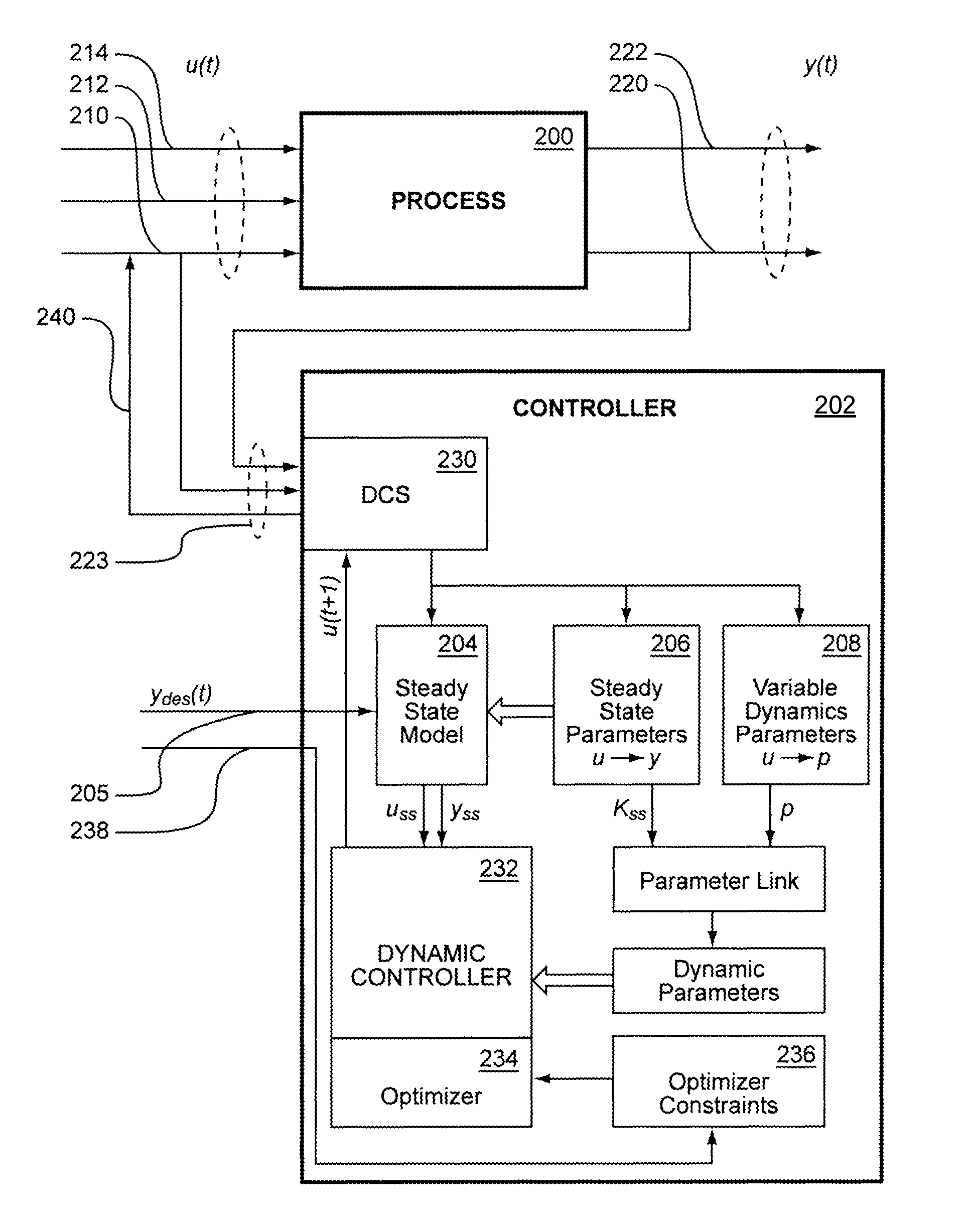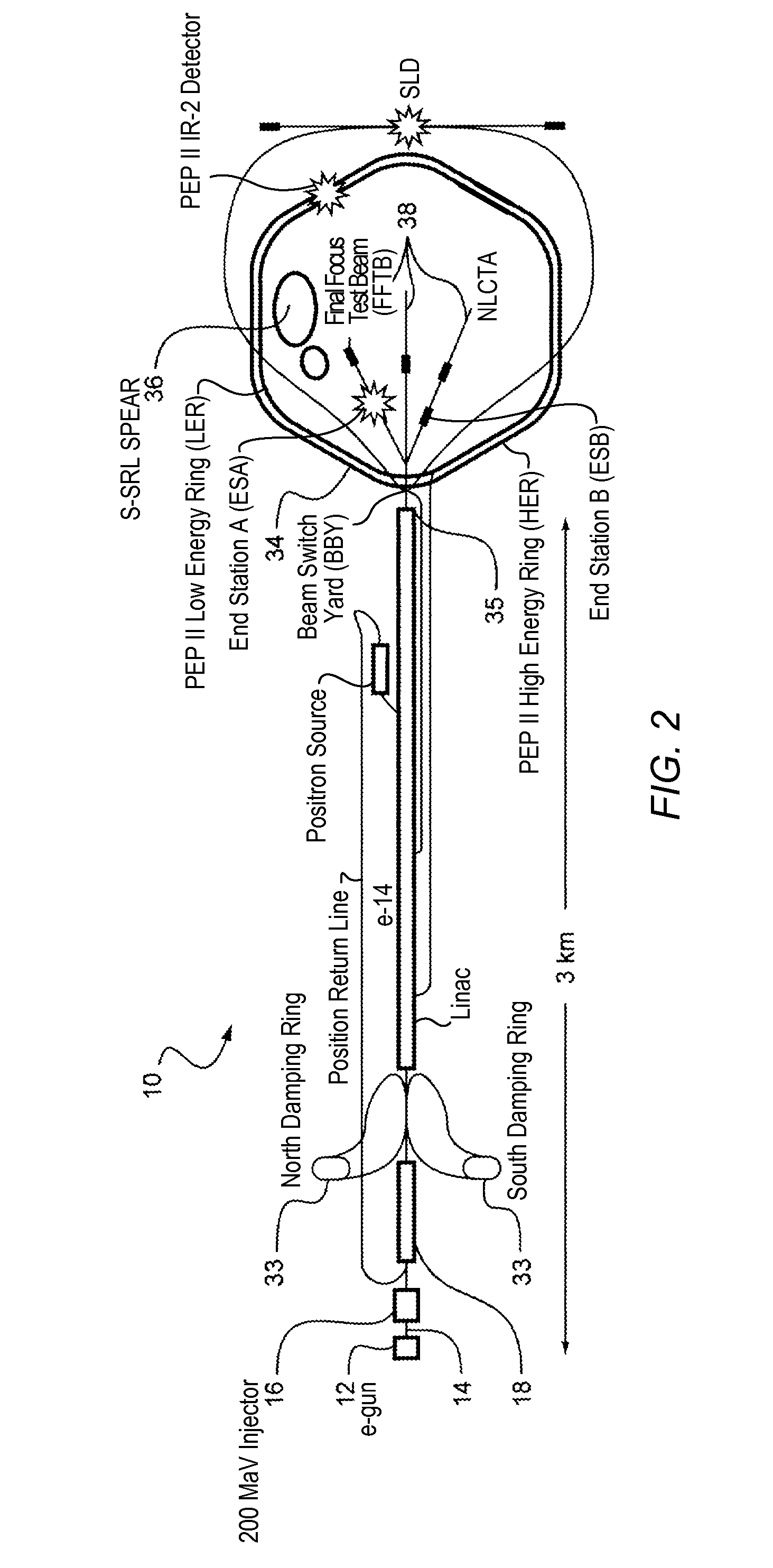Controlling a non-linear process with varying dynamics using non-linear model predictive control
a nonlinear model and process technology, applied in adaptive control, process and machine control, instruments, etc., can solve the problems of large degree of control over the trajectory and environment of particles, insufficient steady-state models alone, and insufficient prediction, optimization, control, etc., to achieve more efficient collisions
- Summary
- Abstract
- Description
- Claims
- Application Information
AI Technical Summary
Benefits of technology
Problems solved by technology
Method used
Image
Examples
Embodiment Construction
[0040] Preferred embodiments of the present invention are illustrated in the FIGUREs, like numerals being used to refer to like and corresponding parts of the various drawings.
[0041] The present invention provides methodologies for the computationally efficient modeling of processes with varying dynamics. More specifically, the present invention provides a method for robust implementation of indirect adaptive control techniques in problems with varying dynamics through transparent adaptation of the parameters of the process model that is used for prediction and online optimization. Such problems include but are not limited to the control of: particle trajectories within particle accelerators, temperature in a chemical reactors, and grade transition in a polymer manufacturing process.
[0042] This innovation enables improvement of existing control software, such as Pavilion Technology's Process Perfecter®, to exert effective control in problems with even severely varying dynamics. Th...
PUM
 Login to View More
Login to View More Abstract
Description
Claims
Application Information
 Login to View More
Login to View More - R&D
- Intellectual Property
- Life Sciences
- Materials
- Tech Scout
- Unparalleled Data Quality
- Higher Quality Content
- 60% Fewer Hallucinations
Browse by: Latest US Patents, China's latest patents, Technical Efficacy Thesaurus, Application Domain, Technology Topic, Popular Technical Reports.
© 2025 PatSnap. All rights reserved.Legal|Privacy policy|Modern Slavery Act Transparency Statement|Sitemap|About US| Contact US: help@patsnap.com



